Phyllostachys edulis
Phyllostachys edulis
1. The products in our compound library are selected from thousands of unique natural products; 2. It has the characteristics of diverse structure, diverse sources and wide coverage of activities; 3. Provide information on the activity of products from major journals, patents and research reports around the world, providing theoretical direction and research basis for further research and screening; 4. Free combination according to the type, source, target and disease of natural product; 5. The compound powder is placed in a covered tube and then discharged into a 10 x 10 cryostat; 6. Transport in ice pack or dry ice pack. Please store it at -20 °C as soon as possible after receiving the product, and use it as soon as possible after opening.
Natural products/compounds from Phyllostachys edulis
- Cat.No. Product Name CAS Number COA
-
BCN5816
4-Hydroxybenzaldehyde123-08-0
Instructions
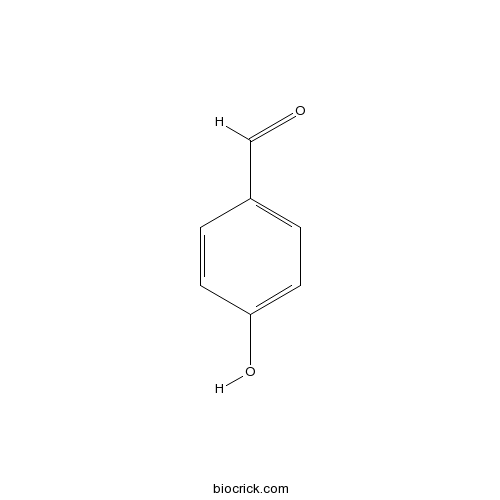
-
BCN4984
Orientin28608-75-5
Instructions

-
BCN3181
Campesterol474-62-4
Instructions
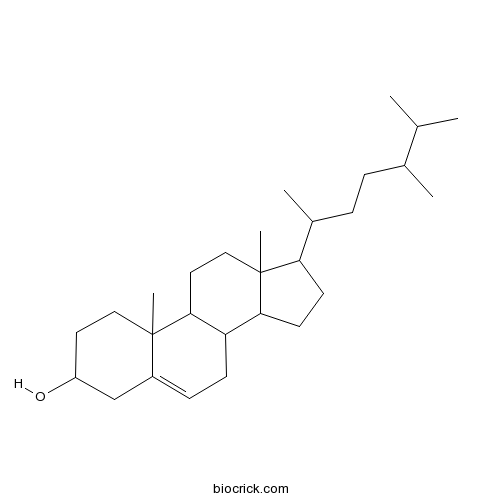
-
BCN5600
Luteolin491-70-3
Instructions
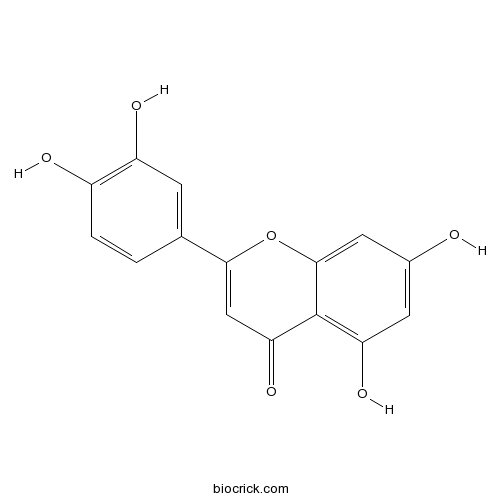
-
BCN5699
Syringic acid530-57-4
Instructions

-
BCN5796
Adenosine58-61-7
Instructions
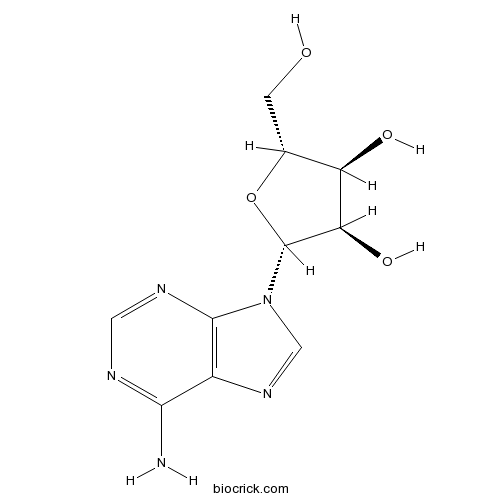
-
BCN4090
Uridine58-96-8
Instructions
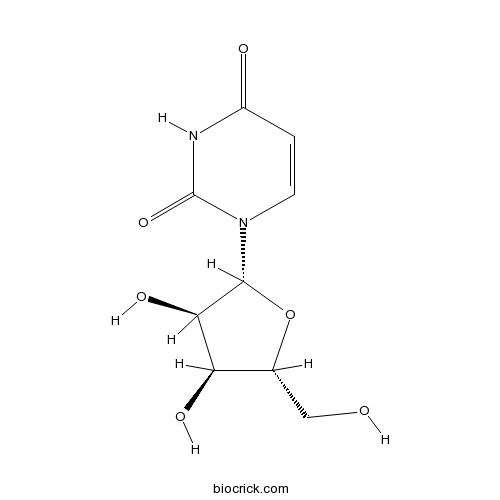
-
BCN4479
Skimmin93-39-0
Instructions

-
BCN4546
4-Hydroxybenzoic acid99-96-7
Instructions

Isolation and characterization of two phosphate-solubilizing fungi from rhizosphere soil of moso bamboo and their functional capacities when exposed to different phosphorus sources and pH environments.[Pubmed: 29995910]
Phosphate-solubilizing fungi (PSF) generally enhance available phosphorus (P) released from soil, which contributes to plants' P requirement, especially in P-limiting regions. In this study, two PSF, TalA-JX04 and AspN-JX16, were isolated from the rhizosphere soil of moso bamboo (Phyllostachys edulis) widely distributed in P-deficient areas in China and identified as Talaromyces aurantiacus and Aspergillus neoniger, respectively. The two PSF were cultured in potato dextrose liquid medium with six types of initial pH values ranging from 6.5 to 1.5 to assess acid resistance. Both PSF were incubated in Pikovskaya's liquid media with different pH values containing five recalcitrant P sources, including Ca3(PO4)2, FePO4, CaHPO4, AlPO4, and C6H6Ca6O24P6, to estimate their P-solubilizing capacity. No significant differences were found in the biomass of both fungi grown in media with different initial pH, indicating that these fungi could grow well under acid stress. The P-solubilizing capacity of TalA-JX04 was highest in medium containing CaHPO4, followed by Ca3(PO4)2, FePO4, C6H6Ca6O24P6, and AlPO4 in six types of initial pH treatments, while the recalcitrant P-solubilizing capacity of AspN-JX16 varied with initial pH. Meanwhile, the P-solubilizing capacity of AspN-JX16 was much higher than TalA-JX04. The pH of fermentation broth was negatively correlated with P-solubilizing capacity (p<0.01), suggesting that the fungi promote the dissolution of P sources by secreting organic acids. Our results showed that TalA-JX04 and AspN-JX16 could survive in acidic environments and both fungi had a considerable ability to release soluble P by decomposing recalcitrant P-bearing compounds. The two fungi had potential for application as environment-friendly biofertilizers in subtropical bamboo ecosystem.
Transcriptome characterization of moso bamboo (Phyllostachys edulis) seedlings in response to exogenous gibberellin applications.[Pubmed: 29925317]
Moso bamboo (Phyllostachys edulis) is a well-known bamboo species of high economic value in the textile industry due to its rapid growth. Phytohormones, which are master regulators of growth and development, serve as important endogenous signals. However, the mechanisms through which phytohormones regulate growth in moso bamboo remain unknown to date.
[Effects of Phyllostachys edulis cultivation on soil bacterial and fungal community structure and diversity].[Pubmed: 29692118]
为揭示天然林改为毛竹林过程中土壤微生物变化规律,在浙江省湖州市安吉县和长兴县两地选择不同种植历史的粗放经营毛竹林,分层采集0~20和20~40 cm的混合土壤样品,应用PCR-DGGE技术分析土壤细菌和真菌群落结构及多样性变化.结果表明: 在马尾松林改种毛竹林或毛竹林入侵杂灌阔叶林形成毛竹纯林过程中,土壤细菌和真菌的群落结构均发生明显变化,且细菌结构对毛竹种植的响应更敏感;随着毛竹生长时间的延长,表层土壤细菌群落表现出抵抗干扰、最后向改种毛竹之前状态恢复的趋势.毛竹种植时间、样地和土层均对土壤细菌和真菌多样性产生显著影响,其中样地和土层的影响明显大于种植时间.土壤性质和细菌、真菌结构的冗余分析结果表明,不同地点、不同土层驱动土壤微生物结构随时间变化的主要因子没有一致规律,且第1、2轴对样地变化的解释率大多低于65.0%,说明除本研究分析的5个土壤化学指标外,可能还有其他土壤理化性质共同驱动微生物结构的变化.
The growth-promoting effects of endophytic bacteria on Phyllostachys edulis.[Pubmed: 29525826]
The research results of the growth-promoting effects of endophytic bacteria on Phyllostachys edulis indicated that the growth-promoting endophytic bacteria could improve photosynthesis in P. edulis leaves. The photosynthetic rate, transpiration rate, and the stomatal conductance in P. edulis treated with endophytic bacteria were all higher than in the control group. Endophytic bacteria could also increase the chlorophyll content and the protective enzyme activities in P. edulis, improving their reactions to the adverse environmental conditions. Through injection treatments with growth-promoting endophytic bacteria, the catalase, superoxide dismutase (SOD), peroxidase activity, soluble protein content, and soluble sugar content in P. edulis were all higher than in the control group, except for the malondialdehyde content, which was lower than in the control group.


